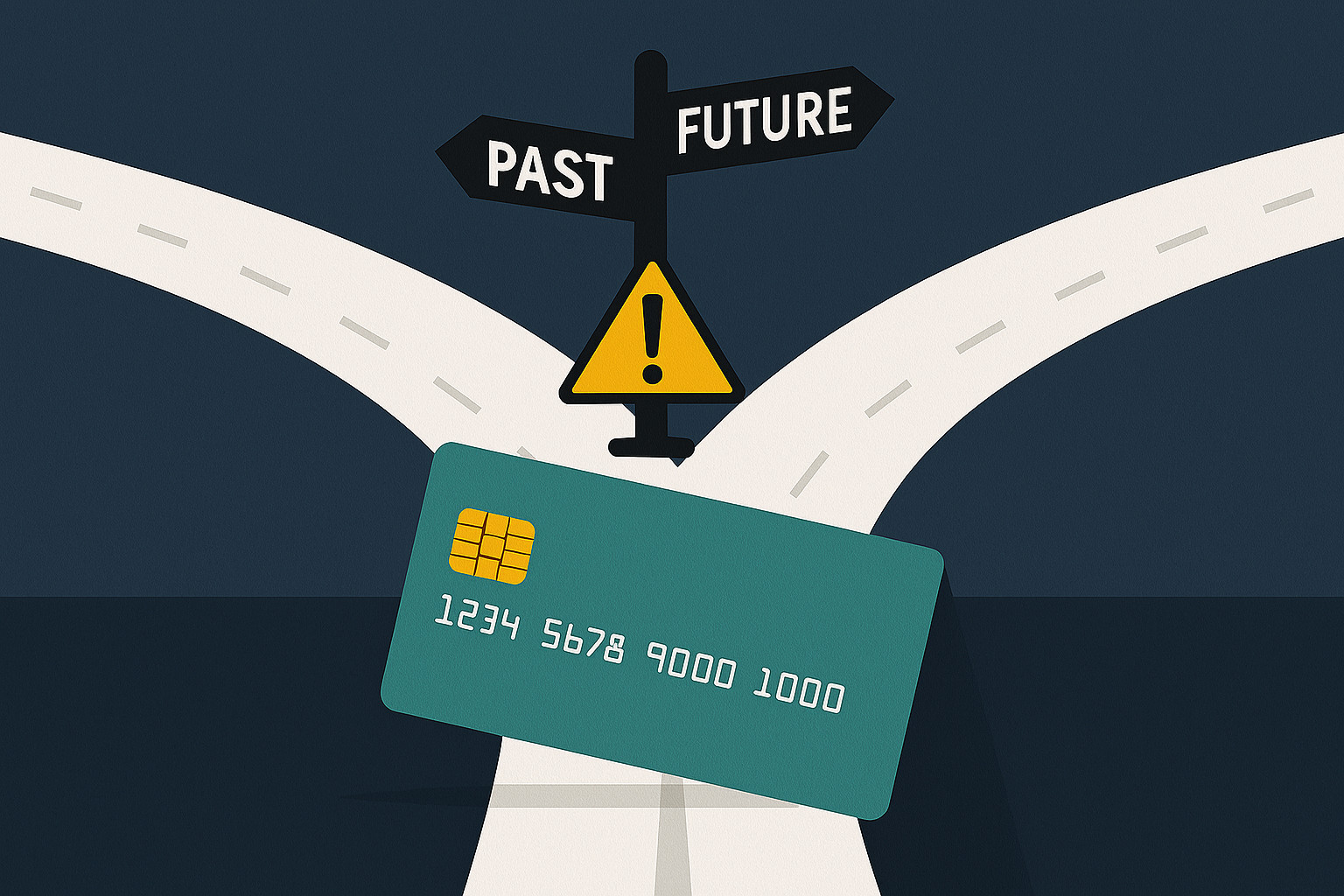Executive Summary
The global card payments industry in 2025 is undergoing profound transformation. Driven by evolving consumer expectations, rapid technological innovation, tighter regulation, and mounting security risks, every stakeholder—from issuers and acquirers to merchants and fintech providers—faces the challenge of adapting to a fast-changing digital economy.
This white paper explores the key challenges shaping the sector and identifies strategic responses that can help build resilience, trust, and competitive advantage. From managing legacy systems and combating fraud to aligning with complex regulatory frameworks and advancing sustainability, success will depend on how effectively organisations innovate, modernise, and remain customer-centric.
1. Technological Disruption and the Burden of Legacy Systems
Overview
The payments landscape is being redefined by fintech innovation, blockchain technology, and decentralised finance (DeFi) models. Consumers increasingly embrace alternatives such as cryptocurrencies, digital wallets, and “buy now, pay later” (BNPL) solutions, often bypassing traditional card rails.
Key Challenge
Many financial institutions are constrained by legacy infrastructure—expensive to maintain, slow to adapt, and resistant to integration with agile, cloud-based systems. This “innovation gap” limits scalability and speed to market.
Strategic Response
- Invest in large-scale modernisation and digital transformation.
- Transition to modular, cloud-native platforms capable of rapid integration.
- Adopt open APIs and microservices for seamless interaction with emerging technologies.
Key Insight
“Future-ready payment ecosystems will depend on cloud-first, flexible architectures that enable collaboration rather than competition with digital disruptors.”
2. Security Threats and Fraud Prevention
Overview
Security remains the cornerstone of consumer confidence. Yet fraud is evolving faster than ever, particularly in online and card-not-present (CNP) channels. Cybercriminals are exploiting automation, AI, and social engineering at scale.
Key Challenge
Despite progress through EMV, tokenisation, and biometrics, fraud in e-commerce and mobile transactions continues to grow, testing both detection systems and consumer patience.
Strategic Response
- Deploy AI-driven fraud analytics and real-time behavioural monitoring.
- Strengthen authentication with dynamic risk assessment.
- Prioritise consumer education and transparency.
Key Insight
“Fraud prevention is no longer a compliance function—it is a competitive differentiator built on intelligence, adaptability, and trust.”
3. Regulatory Complexities and Compliance Pressures
Overview
The global compliance environment is expanding rapidly. From PCI DSS and GDPR to PSD2, PSD3, and AML obligations, financial institutions face a constant wave of regulatory change.
Key Challenge
Maintaining compliance without adding friction to customer journeys remains a delicate balance. Requirements such as Strong Customer Authentication (SCA) can improve security but may disrupt user experience if poorly implemented.
Strategic Response
- Embed compliance automation (RegTech) into core operations.
- Harmonise security and user experience within regulatory frameworks.
- Establish cross-functional governance to manage emerging regulatory risk.
Key Insight
“True compliance leadership lies not in meeting standards, but in turning regulation into operational excellence.”
4. Interchange Fees and Cost Pressures
Overview
Interchange and acquiring fees remain a major concern for merchants, particularly SMEs operating on tight margins.
Key Challenge
Regulatory caps and the rise of alternative payment models, such as instant payments and open banking, are eroding traditional revenue structures.
Strategic Response
- Reinvent the value proposition through enhanced data analytics, loyalty, and customer insight.
- Offer faster, transparent settlement and reconciliation.
- Develop new service models that align with merchant needs and market realities.
Key Insight
“Card schemes must move from being facilitators of transactions to enablers of value.”
5. Card Issuance Delays and Operational Inefficiencies
Overview
In the digital era, customers expect immediate issuance and activation of payment cards. Yet many issuers continue to rely on manual or outdated processes.
Key Challenge
Delays in card production and activation lead to poor customer experiences and missed revenue opportunities.
Strategic Response
- Automate the entire card lifecycle—from onboarding to issuance.
- Adopt virtual and digital-only card programmes for instant access.
- Integrate issuance systems with customer engagement platforms.
Key Insight
“Instant issuance is no longer a luxury—it is a baseline expectation of the digital consumer.”
6. Globalisation and Cross-Border Complexity
Overview
As global commerce expands, frictionless cross-border payments are vital. However, multi-jurisdictional regulations, currency fluctuations, and complex settlement workflows present ongoing challenges.
Key Challenge
Compliance with AML, KYC, and data transparency requirements across different regions increases operational complexity and cost.
Strategic Response
- Leverage AI-based compliance and transaction monitoring systems.
- Use automation to streamline settlement and reconciliation.
- Implement unified global compliance frameworks adaptable to local laws.
Key Insight
“The future of cross-border payments lies in automation, transparency, and regulatory alignment.”
7. Evolving Consumer Behaviour and the Omnichannel Imperative
Overview
Post-pandemic consumer behaviour has permanently shifted. Digital, contactless, and mobile-first payments are now the norm, not the exception.
Key Challenge
Traditional card systems struggle to deliver consistent experiences across in-store, online, and mobile channels.
Strategic Response
- Invest in API-driven omnichannel platforms.
- Prioritise user experience (UX) and customer trust.
- Enable fast, convenient, and secure payments across all environments.
Key Insight
“Omnichannel is no longer about presence—it is about providing the same speed, trust, and simplicity everywhere.”
8. Sustainability and Environmental Responsibility
Overview
Environmental responsibility is becoming integral to brand reputation and consumer choice.
Key Challenge
Plastic card production and waste raise sustainability concerns across the industry.
Strategic Response
- Introduce biodegradable and recycled card materials.
- Promote digital-first solutions to reduce physical card dependency.
- Embed ESG principles into procurement and production policies.
Key Insight
“Sustainability in payments is not a marketing statement—it is an operational mandate.”
9. The Path Forward: Innovation, Resilience, and Trust
Summary
The payments industry’s future will be shaped by its capacity to modernise, innovate, and act sustainably. Organisations that combine technological excellence, regulatory agility, and customer-centricity will lead the next era of digital payments.
Winning Organisations Will:
- Embrace cloud-native, scalable infrastructure.
- Apply AI for predictive fraud detection and compliance.
- Deliver seamless, omnichannel experiences.
- Integrate sustainability into every operational layer.
Those who fail to evolve risk obsolescence in a market where consumers demand instant, secure, and responsible digital payment experiences.
Key Takeaway:
“Security, agility, compliance, and sustainability are no longer differentiators—they are prerequisites for survival in the next generation of payments.”






